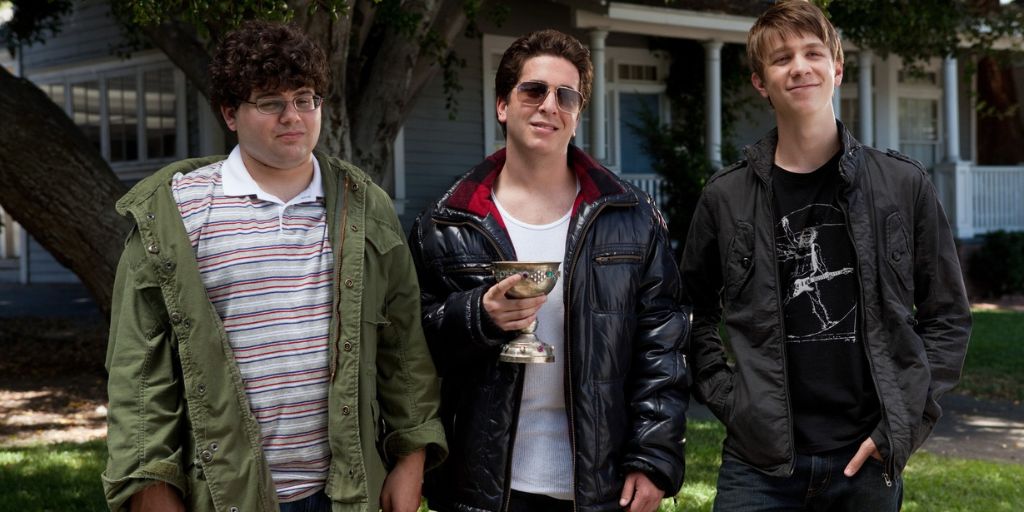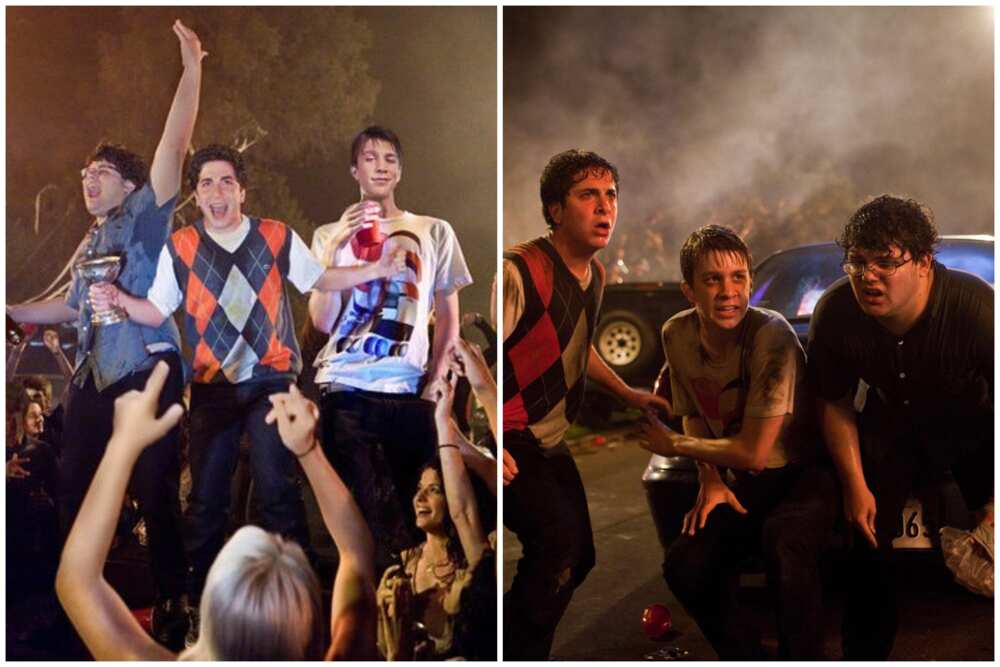Is Project X A True Story? Fact Vs. Fiction
Did the infamous house party in Project X actually happen? The truth behind the film's inspiration is more nuanced than you might think.
The 2012 film Project X, a found-footage teen comedy, exploded onto the scene, depicting a high school party escalating into utter chaos. The raw, visceral style, combined with the outlandish events, immediately sparked debate: was this based on a real event? While the film itself is fictional, the whispers of a real-life inspiration persist, often linked to the now-infamous party thrown by Corey Worthington in Melbourne, Australia, in 2008. Worthingtons party, while considerably smaller in scale than the cinematic portrayal in Project X, gained notoriety for its sheer destructiveness and the media frenzy that followed. This connection, though never officially confirmed by the filmmakers, fueled the urban legend surrounding the film, adding to its allure and mystique. The film cleverly plays on this ambiguity, blurring the lines between reality and fiction, leaving audiences wondering just how much truth lies beneath the surface of the onscreen mayhem.
| Name | Corey Worthington |
|---|---|
| Birthdate | 1992 (Estimated) |
| Place of Birth | Melbourne, Australia |
| Known for | Hosting a large, unauthorized party in 2008 that drew significant media attention and resulted in property damage. |
| Media Portrayal | Often cited as a potential inspiration for the 2012 film Project X. |
| Subsequent Activity | Appeared on various television shows, including Big Brother Australia. |
| Reference | News.com.au article on Corey Worthington |
The film, directed by Nima Nourizadeh and written by Michael Bacall and Matt Drake, follows three seemingly unremarkable high schoolersThomas, Costa, and J.B.as they plan a party to boost their social standing. Their aspirations for a memorable gathering quickly spiral into an uncontrollable free-for-all, featuring hordes of uninvited guests, rampant destruction, and a level of debauchery that pushes the boundaries of teenage rebellion. Todd Phillips, known for his work on The Hangover franchise, produced Project X, lending his expertise in crafting comedic narratives centered around outrageous situations. Joel Silver, a prolific producer with credits including Lethal Weapon, Die Hard, and The Matrix, also joined the project, further solidifying its potential for high-octane entertainment.
Project X's release ignited a firestorm of controversy. Critics debated its glorification of reckless behavior and the potential for real-life copycat parties. The film's depiction of underage drinking, drug use, and property damage raised concerns about its influence on impressionable young audiences. While some lauded its comedic value and raw portrayal of teenage angst, others condemned its perceived irresponsibility. The films impact, however, extended beyond mere controversy. It tapped into a cultural zeitgeist, reflecting the anxieties and aspirations of a generation grappling with social pressures and the allure of instant fame in the burgeoning age of social media. Project X resonated with audiences, particularly younger viewers, who saw in its chaotic narrative a reflection of their own desires for recognition and belonging, albeit exaggerated to a fantastical degree.
The filmmakers, while acknowledging the fictional nature of the narrative, have hinted at drawing inspiration from real-life party culture. This ambiguity has only fueled the speculation surrounding the film's origins. The films success lies in its ability to capture the energy and anxieties of youth culture, even as it presents a heightened, almost surreal version of teenage life. This blend of realism and exaggeration allows the film to function both as a cautionary tale and a vicarious thrill ride, exploring the consequences of unchecked ambition and the seductive power of social validation.
While Corey Worthingtons party provides a compelling parallel, the truth is that Project X is not a direct adaptation of any single event. Its a composite, an amalgamation of various anecdotes and urban legends surrounding teenage parties, filtered through the lens of Hollywood storytelling. The films writers, Matt Drake and Michael Bacall, crafted a fictional narrative that taps into the universal themes of adolescence: the desire for acceptance, the pressure to conform, and the thrill of rebellion. By weaving these themes into a fast-paced, visually arresting narrative, Project X transcends its controversial elements and becomes a commentary on the complexities of growing up in a hyper-connected world.
Despite its flaws, Project X remains a cultural touchstone, sparking conversations about teenage behavior, the influence of media, and the enduring allure of the out-of-control party. Whether viewed as a cautionary tale or a guilty pleasure, its impact on popular culture is undeniable. Its a film that continues to fascinate and provoke, reminding us of the power of storytelling to capture the zeitgeist, even in its most chaotic and controversial forms. The films legacy extends beyond the screen, influencing subsequent teen comedies and perpetuating the myth of the epic house party. Even years after its release, Project X continues to be referenced in popular culture, serving as a shorthand for youthful excess and the unpredictable consequences that can arise when a party spirals out of control.



Detail Author:
- Name : Miles Schneider III
- Email : earnest.conn@corkery.info
- Birthdate : 1973-08-02
- Address : 2459 Sauer Summit Apt. 829 New Izaiah, MS 20698-9141
- Phone : (740) 656-7741
- Company : Kutch, Purdy and Ledner
- Job : Food Scientists and Technologist
- Bio : Suscipit corrupti eos quia. Atque atque consequatur autem dolore. Dolorem rerum facilis et quia et sed.